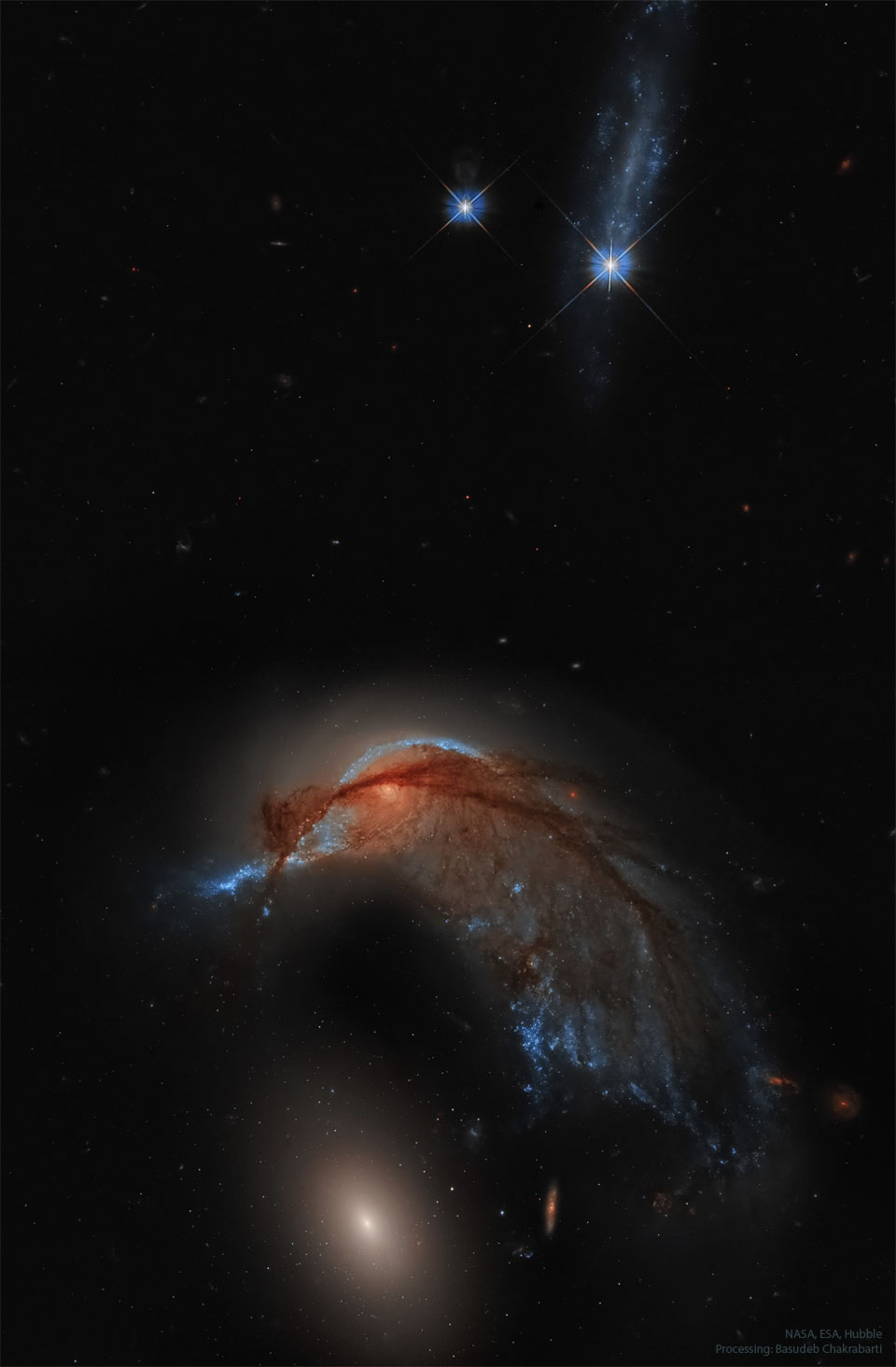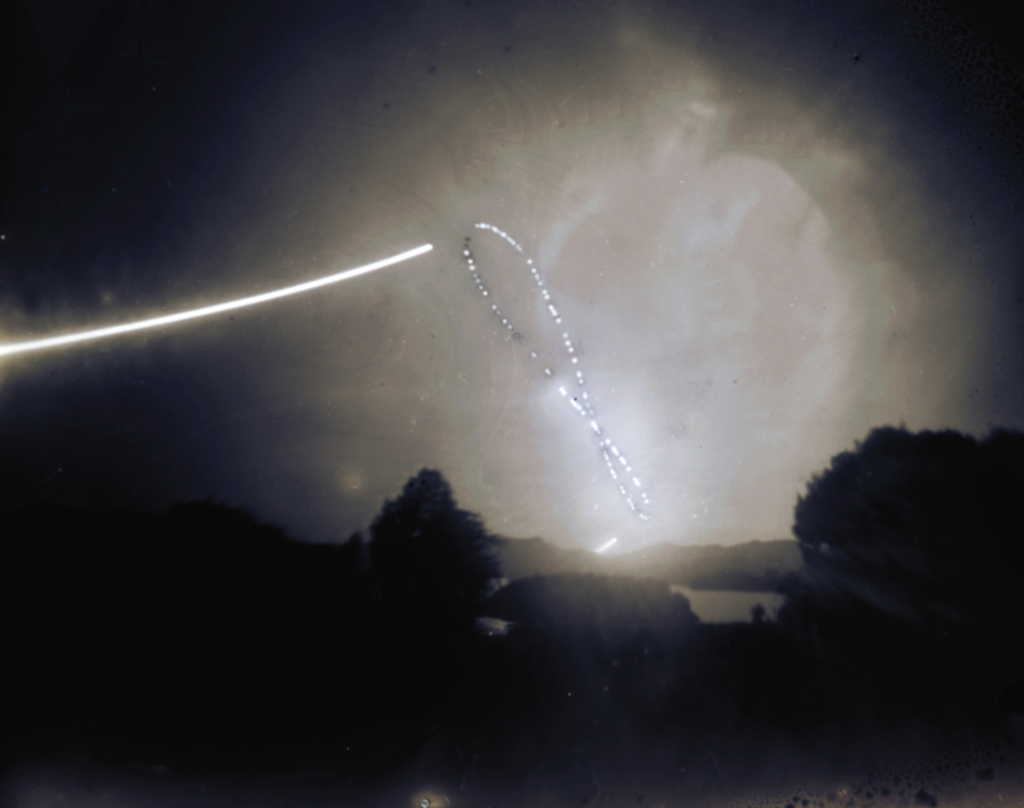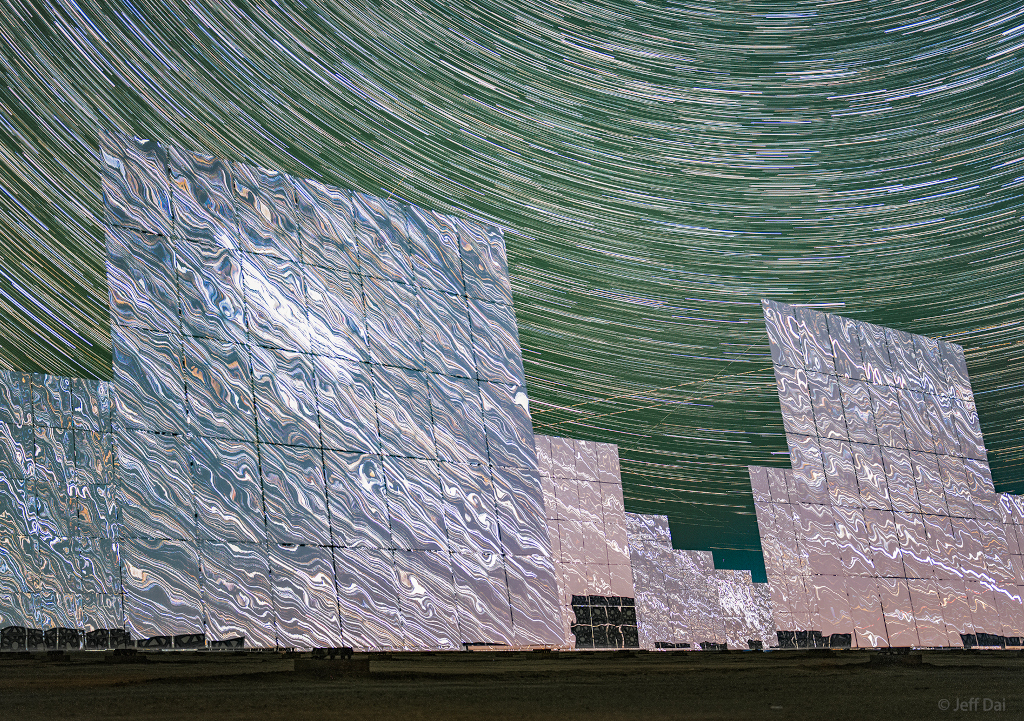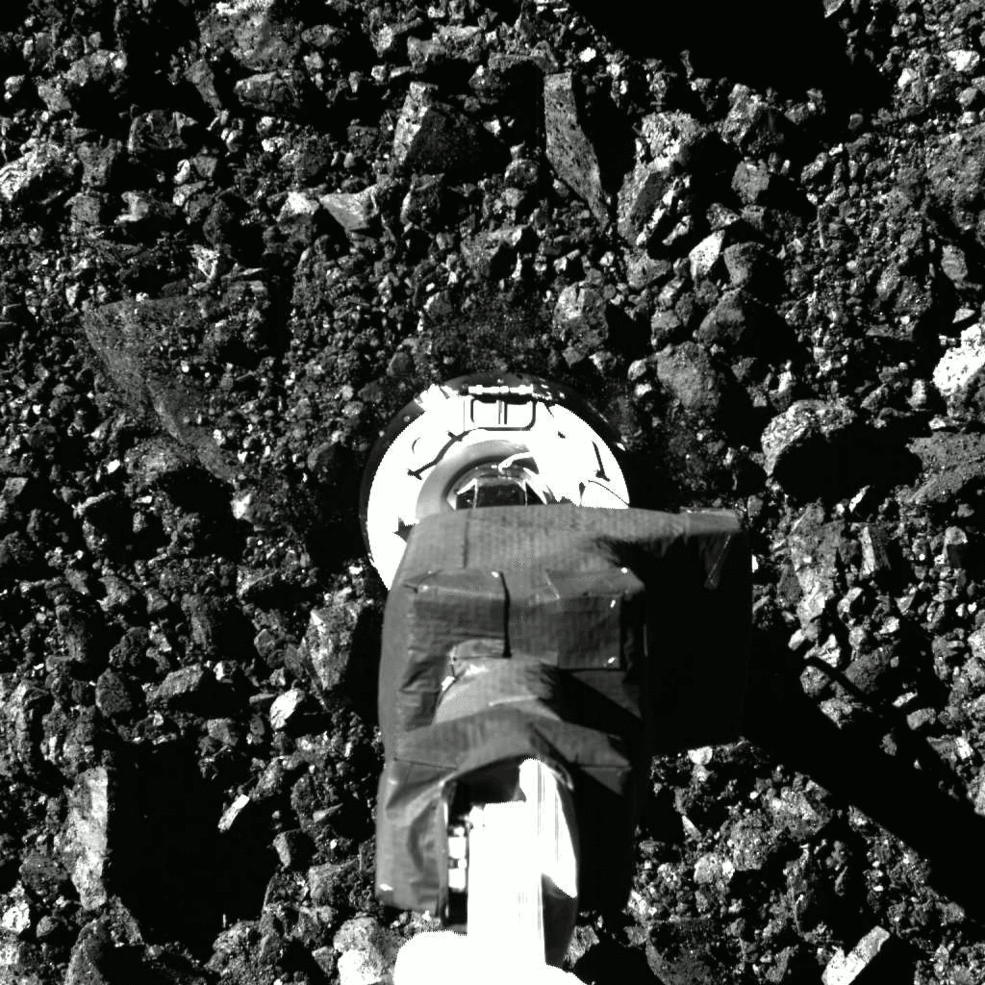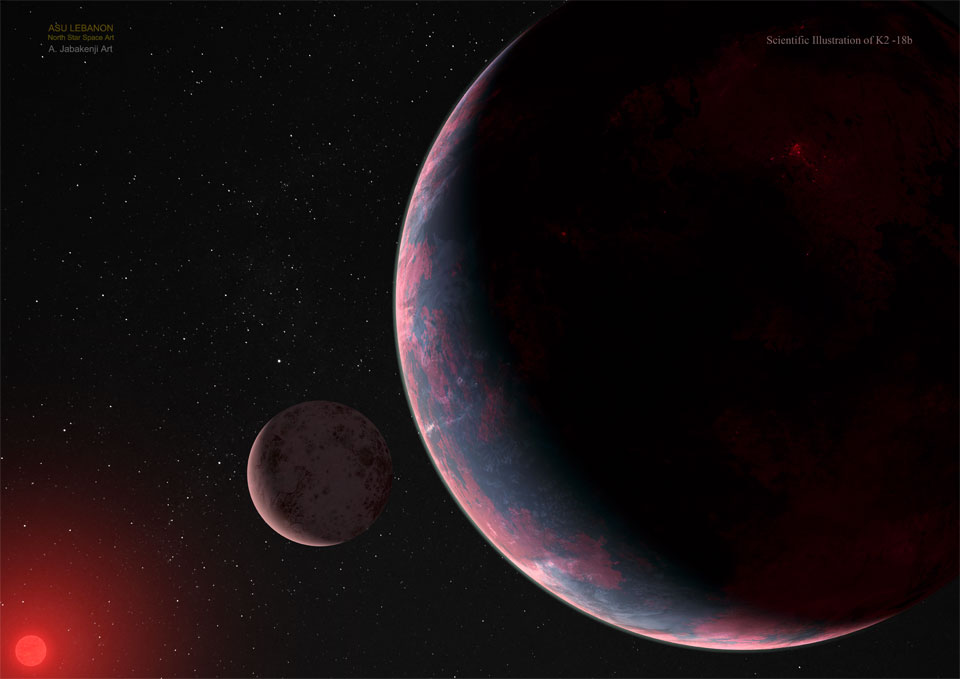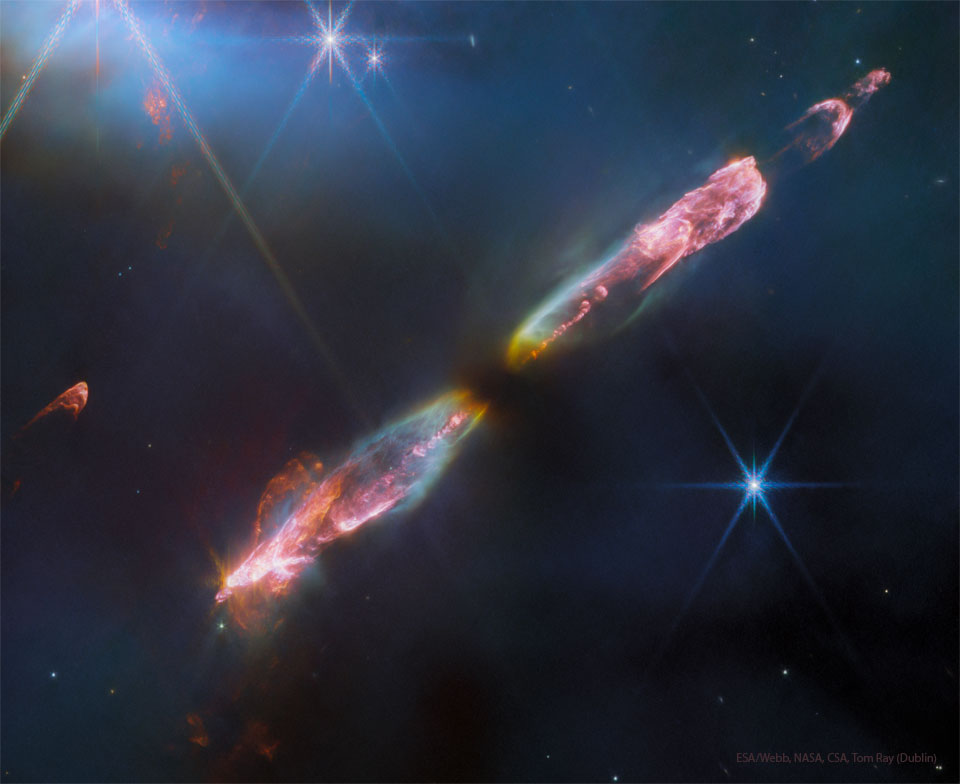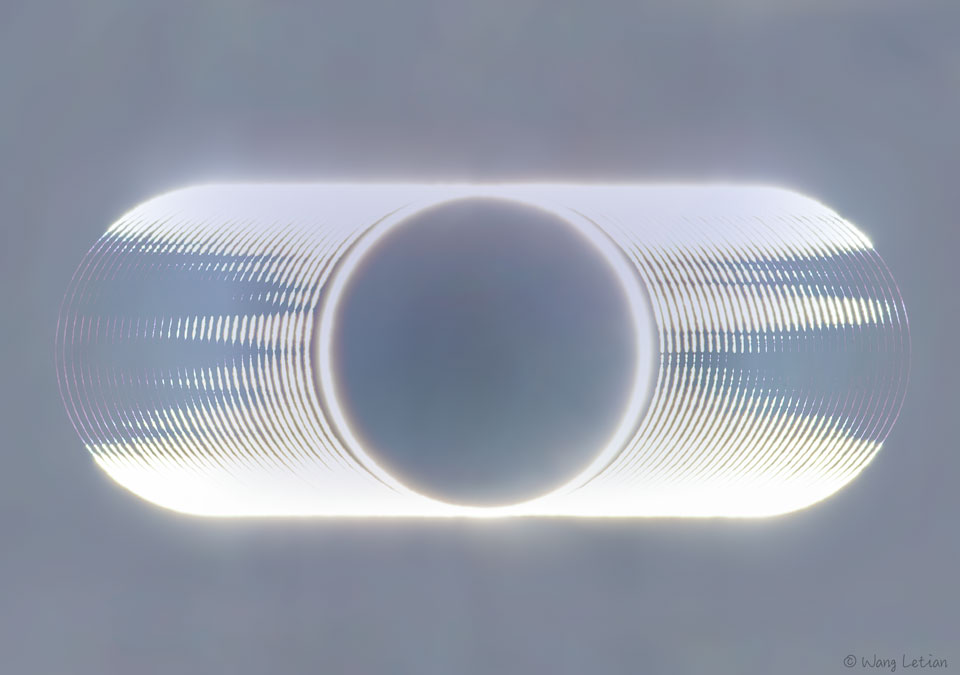안녕하세요, 잡학다식 입니다. 오늘은 과연 나사에서 어떤 방식으로 우주의 형상을 표현해 줄까요?
우선 이미지부터 볼 수 있도록 하겠습니다
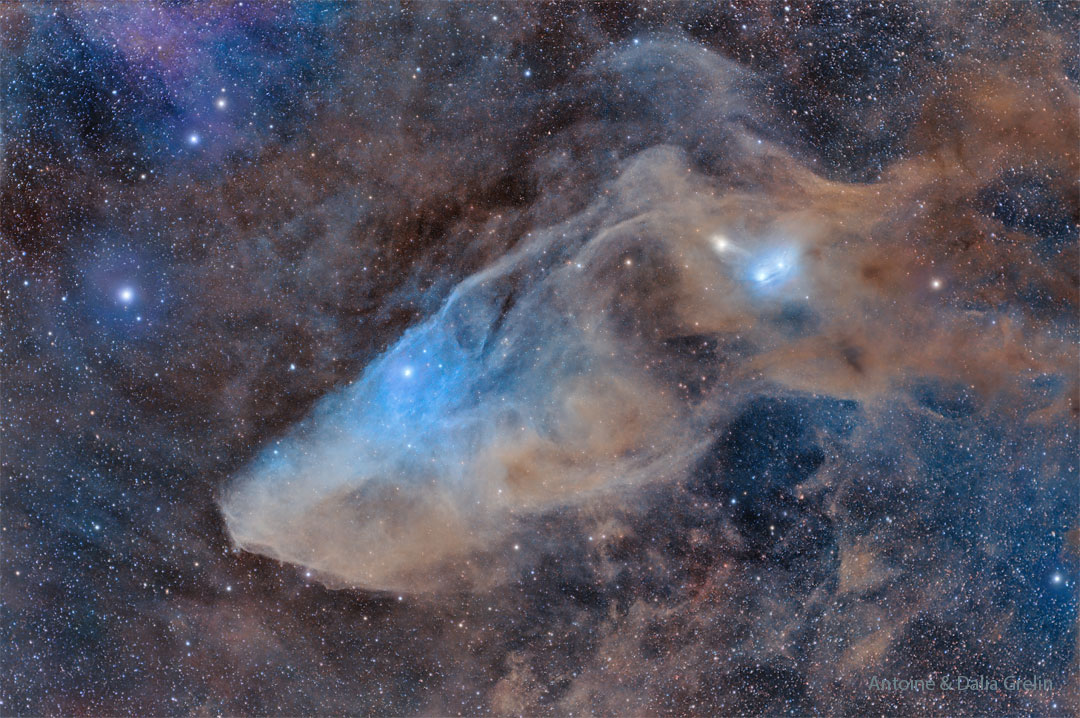
해당 사진의 이름은 IC 4592: The Blue Horsehead Reflection Nebula 인데요 우선 NASA에서 공식적으로 발표한 설명들을 확인해 보겠습니다
Do you see the horse's head? What you are seeing is not the famous Horsehead nebula toward Orion, but rather a fainter nebula that only takes on a familiar form with deeper imaging. The main part of the here-imaged molecular cloud complex is reflection nebula IC 4592. Reflection nebulas are made up of very fine dust that normally appears dark but can look quite blue when reflecting the visible light of energetic nearby stars. In this case, the source of much of the reflected light is a star at the eye of the horse. That star is part of Nu Scorpii, one of the brighter star systems toward the constellation of the Scorpion (Scorpius). A second reflection nebula dubbed IC 4601 is visible surrounding two stars above and to the right of the image center.
이번에도 광활한 우주 앞에 인간이 얼마나 작은 존재인지 다시 한번 알게 되는것 같습니다
저는 내일도 더 좋은 사진과 함께 돌아오겠습니다, 그럼 행목한 하루 되시길 바랍니다
'과학상식' 카테고리의 다른 글
| NASA 나사의 오늘의 이미지들 (2023-09-28) (0) | 2023.09.29 |
|---|---|
| NASA 나사의 오늘의 이미지들 (2023-09-27) (0) | 2023.09.28 |
| NASA 나사의 오늘의 이미지들 (2023-09-25) (0) | 2023.09.26 |
| NASA 나사의 오늘의 이미지들 (2023-09-24) (0) | 2023.09.25 |
| NASA 나사의 오늘의 이미지들 (2023-09-23) (0) | 2023.09.24 |
